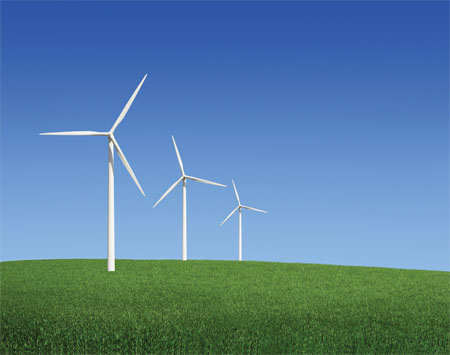 As both the price for and controversy around fossil fuels continue to grow, renewable-energy risks are becoming an increasingly standard part of many insurers’ portfolios—with wind and solar leading the green-power pack, far ahead of biomass production and hydroelectricity.
As both the price for and controversy around fossil fuels continue to grow, renewable-energy risks are becoming an increasingly standard part of many insurers’ portfolios—with wind and solar leading the green-power pack, far ahead of biomass production and hydroelectricity.
Wind, in fact, is one of the world’s fastest-growing energy-related industries: 39,404 megawatts (MW) of wind power was added worldwide in 2010, and the total installed wind-generation capacity globally grew by 25 percent from 2009 figures.
But along with the new business opportunities for the insurance sector come some unique risks.
Recommended For You
Want to continue reading?
Become a Free PropertyCasualty360 Digital Reader
Your access to unlimited PropertyCasualty360 content isn’t changing.
Once you are an ALM digital member, you’ll receive:
- Breaking insurance news and analysis, on-site and via our newsletters and custom alerts
- Weekly Insurance Speak podcast featuring exclusive interviews with industry leaders
- Educational webcasts, white papers, and ebooks from industry thought leaders
- Critical converage of the employee benefits and financial advisory markets on our other ALM sites, BenefitsPRO and ThinkAdvisor
Already have an account? Sign In Now
© 2025 ALM Global, LLC, All Rights Reserved. Request academic re-use from www.copyright.com. All other uses, submit a request to [email protected]. For more information visit Asset & Logo Licensing.








